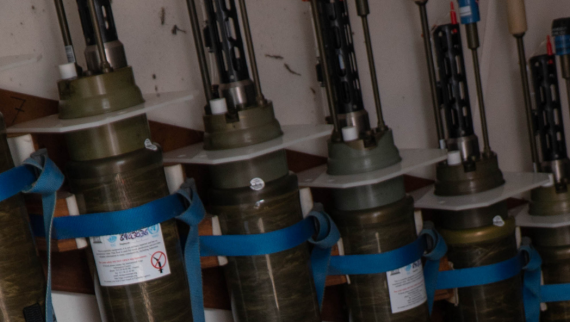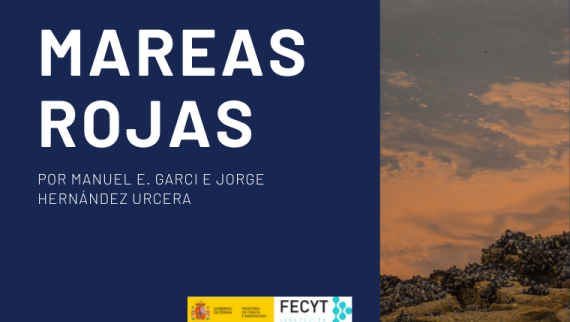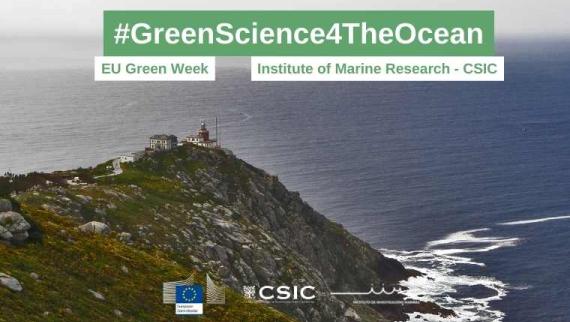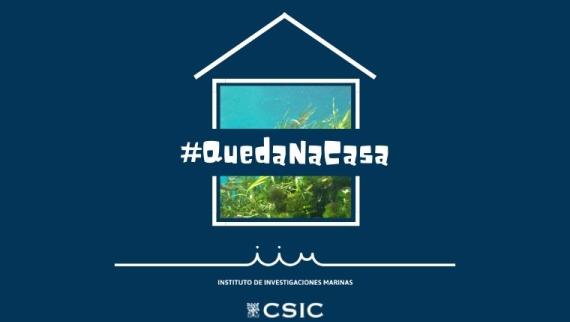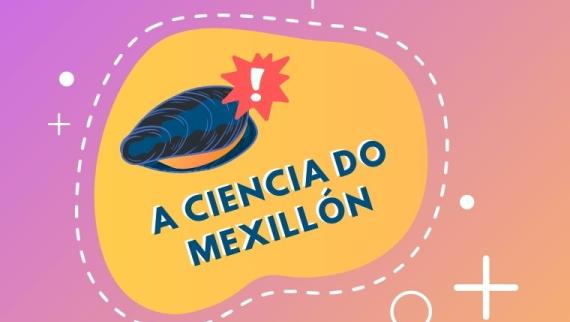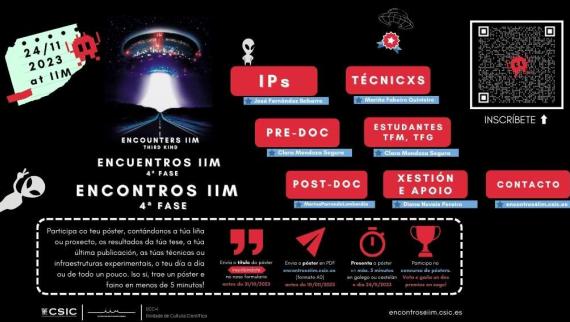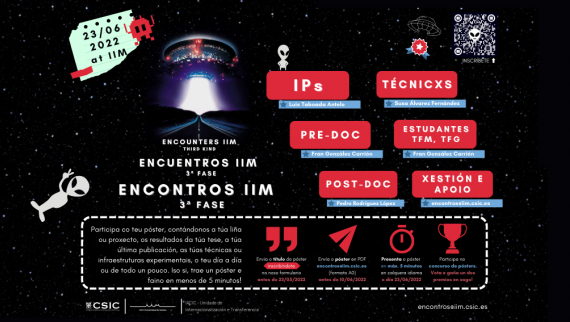Photobiology & Toxinology of Phytoplankton
The group of microalgae that make up marine phytoplankton produces a wide variety of metabolites, including pigments and toxins.
Their study has important implications for the conservation and health of the environment and the human society.
The Photobiology & Toxinology of Phytoplankton group explores the relationships between microalgal biology and the production of these metabolites, paying special attention to the effects of environmental factors, particularly light and factors related to global change, and studying phytoplankton from different approaches: photobiology, chemistry of natural products, taxonomy and chemotaxonomy, life cycles, etc.
The pigments produced by microalgae form what is known as pigment systems. The research group works to characterize the chlorophyll and carotenoid molecules that make up these systems, relating their synthesis and interconversion to processes that involve the action of light, such as photocapture, photoprotection, photoacclimation or photoadaptation. They also study the distribution of these pigments among different taxonomic categories of algae and then use pigments as biomarkers in the study of populations of planktonic organisms in natural waters.
In the field of toxicology, they conduct work on the study of toxic episodes caused by phytoplankton, which have important implications for the marine productive sectors and give rise to health risk issues. Thus, they propose the characterization and determination of marine biotoxins, relating their production to the biology of microalgae, studying the main syndromes (PSP, ASP and DSP) affecting Galician rías or estuaries and exploring problematic toxic episodes in other regions such as those produced by brevetoxin, palytoxin, ostreocins, ciguatoxins, azaspiracids, cyclic imines and emerging toxins.
The group uses innovative analytical methodologies that, in many cases, lead to the detection of compounds with undescribed structures. In addition, it has a long tradition of collaboration with other research groups, being a part of the Associated Unit of Toxic Phytoplankton, together with the Oceanographic Centre of Vigo (IEO, CSIC), providing scientific advice and contributing to global databases of harmful algae such as Harmful Algal Event Database (HAEDAT) or the IOC-UNESCO Taxonomic Reference List of Harmful Micro Algae.



